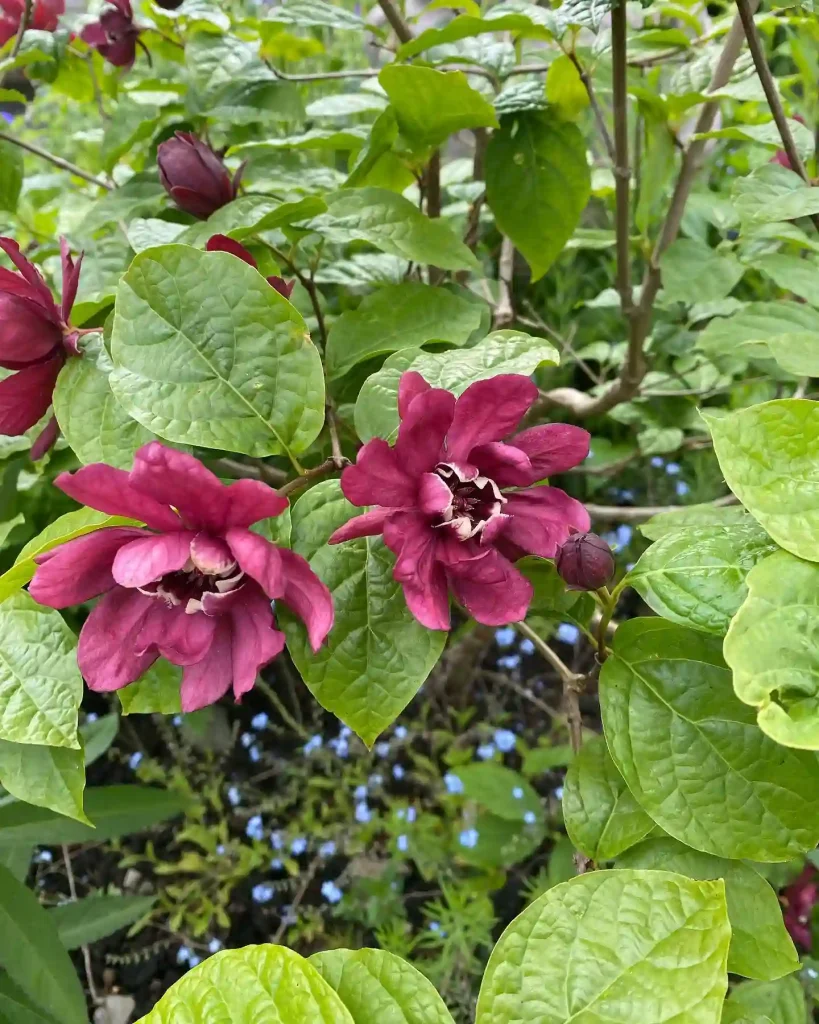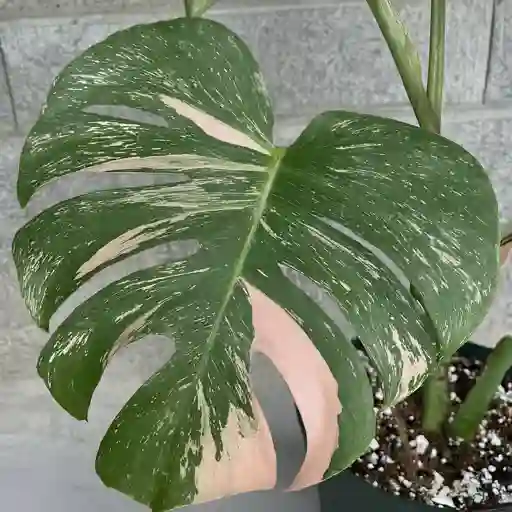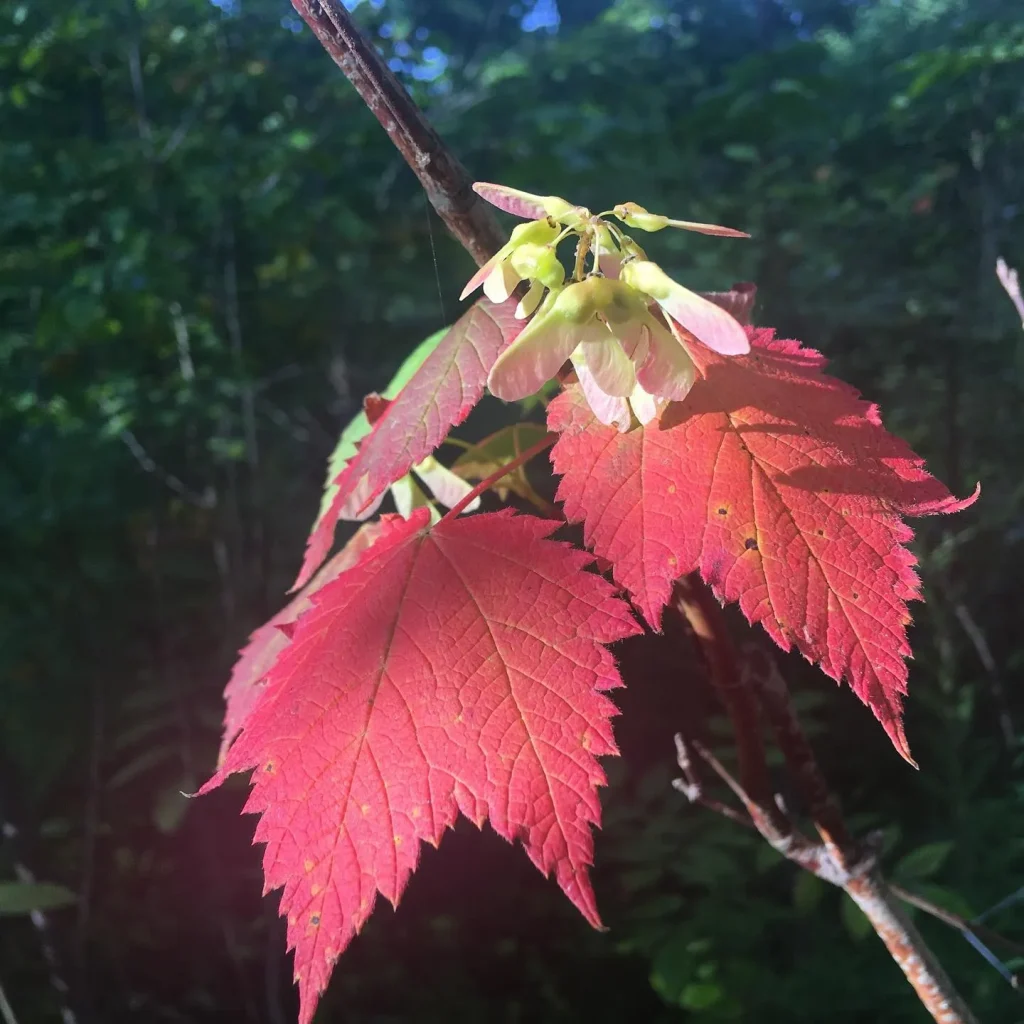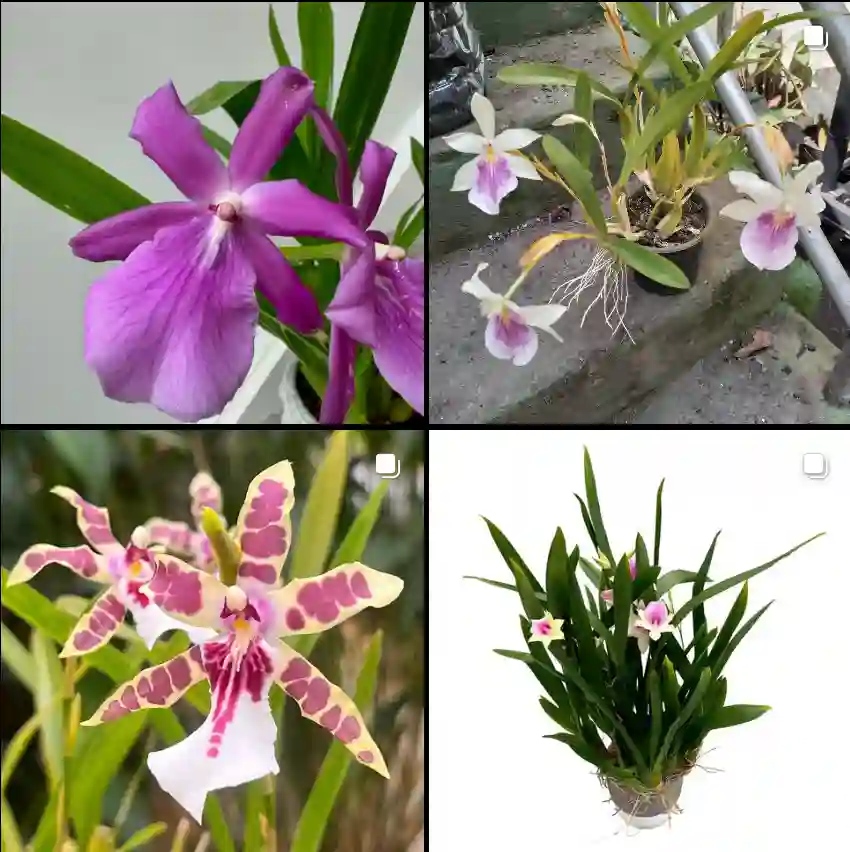What Is Agave Shawii?
Agave Shawii, also known as Shaw’s Agave, is a striking succulent native to Baja California, Mexico. It’s renowned for its rosette of thick, fleshy leaves that are edged with small, brown spines. This plant grows relatively slowly but can make a bold statement in your garden or indoor space. It typically forms a rosette that can reach about 2 to 3 feet in diameter, making it a compact yet eye-catching addition.
304 Species in Genus Agave
How to Care for Agave Shawii?
Caring for Agave Shawii is quite straightforward, especially if you follow a few essential guidelines:
- Sunlight: This plant thrives in bright, indirect light. If growing it indoors, place it near a south or west-facing window. Outdoors, it prefers full sun to partial shade.
- Watering: Agave Shawii is drought-tolerant and prefers dry conditions. Water it sparingly, allowing the soil to dry out completely between waterings. Overwatering can lead to root rot, which is a common issue with succulents.
- Soil: Use well-draining soil to prevent water from pooling around the roots. A cactus or succulent mix works best. You can also add perlite or sand to regular potting soil to improve drainage.
- Temperature: It’s best to keep Agave Shawii in temperatures ranging from 50 to 80 degrees Fahrenheit. It’s hardy to about 20 degrees Fahrenheit, so it can tolerate some frost, but it’s better protected in colder climates.
- Fertilizing: Feed your Agave Shawii with a balanced, water-soluble fertilizer during the growing season (spring and summer). Avoid over-fertilizing as this can harm the plant.
How to Propagate Agave Shawii?
Propagation of Agave Shawii is generally done through offsets or pups that grow at the base of the plant. Here’s how you can propagate it:
- Timing: The best time to propagate is during the spring or summer when the plant is actively growing.
- Method:
- Gently remove the offset from the main plant using a clean, sharp knife. Ensure that the offset has some roots attached.
- Allow the offset to dry out for a day or two to form a callous over the cut area. This helps prevent rot when planted.
- Plant the offset in a well-draining succulent mix and water lightly until it establishes itself.
- Care: Keep the newly planted offset in bright, indirect light and avoid overwatering until it’s well-rooted.
What to Plant With Agave Shawii?
Agave Shawii pairs beautifully with other drought-tolerant plants. Consider planting it alongside:
- Succulents: Varieties like Echeveria, Aloe Vera, or Haworthia complement its structure and color.
- Cacti: Smaller cacti such as the Mammillaria or Opuntia species can create a striking desert-themed arrangement.
- Ornamental Grasses: Adding grasses like Blue Fescue or Muhly Grass can provide contrast and enhance the overall aesthetic.
Is Agave Shawii Toxic?
Agave Shawii is not highly toxic, but its leaves do contain saponins and oxalates, which can be irritating if ingested. It’s best to keep it out of reach of pets and young children. While it’s not lethal, ingestion can cause gastrointestinal discomfort or mild toxicity symptoms.
Benefits of Agave Shawii
Agave Shawii offers several benefits:
- Low Maintenance: Its drought-tolerant nature makes it an ideal plant for low-maintenance gardens.
- Aesthetic Appeal: The plant’s unique shape and texture make it a focal point in landscaping or as a decorative indoor plant.
- Durability: It’s quite resilient to pests and diseases, making it a robust choice for both novice and experienced gardeners.
Common Problems
Agave Shawii is relatively trouble-free, but it can face a few issues:
- Root Rot: This is a common problem caused by overwatering or poor soil drainage. Ensure that the soil dries out completely between waterings.
- Pest Issues: While not highly susceptible, it can occasionally attract mealybugs or scale insects. Regular inspection and the use of insecticidal soap can manage these pests.
Comparing Agave Shawii to Similar Varieties
Agave Shawii is often confused with other Agave species due to their similar appearance. Here’s how it stacks up against some common relatives:
- Agave Attenuata: Unlike Shawii, Agave Attenuata has smoother, more flexible leaves and grows larger. Shawii is more compact and has pronounced spines.
- Agave Parryi: This variety is more rigid and has pronounced spines compared to the more subtle spines of Shawii. Parryi tends to be smaller and more densely packed.
Understanding these differences can help in selecting the right plant for your specific needs and preferences.
If i die, water my plants!



